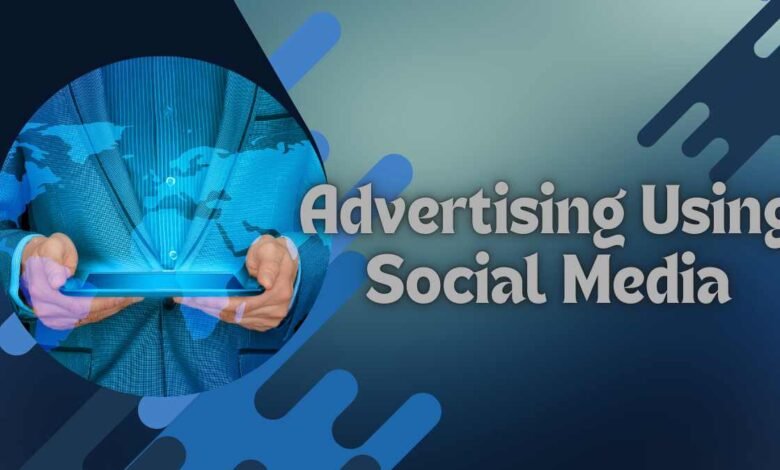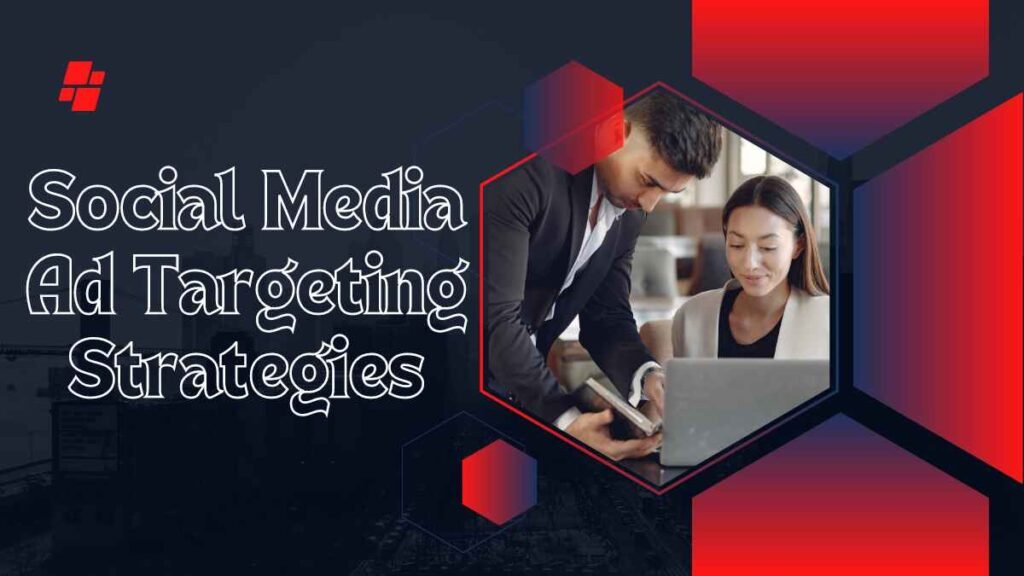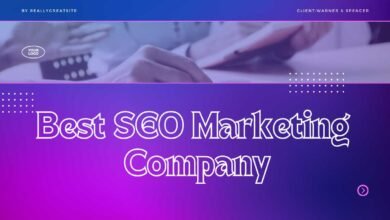Advertising Using Social Media: Ultimate Comprehensive Guide

Advertising using social media is no longer just an option—it’s a necessity. The rise of social platforms has transformed the way businesses connect with their audiences. By leveraging social media’s massive user base, companies can engage potential customers in ways that traditional advertising can’t match. Whether you’re a small startup or a large corporation, the power of social media ads can help drive brand awareness, conversions, and ultimately, sales. But how exactly does one go about utilizing these platforms effectively?
What is Social Media Advertising?
At its core, social media advertising involves placing paid content on social networks to promote a product, service, or brand. It offers a way to reach highly targeted audiences, utilizing the vast amount of user data that social platforms collect. The rapid growth in this form of advertising is due to its ability to deliver fast results, track performance in real-time, and customize campaigns based on specific objectives.
Popular Social Media Advertising Platforms
When it comes to choosing where to advertise, businesses have a range of platforms to pick from. Each has its unique features, audience, and ad formats:
Facebook and Instagram Ads
These platforms, both owned by Meta, dominate the social advertising space. They offer advanced targeting options and a variety of ad formats, from image and video ads to carousel ads.
Twitter Ads
Known for its real-time nature, Twitter is a great platform for promoting events, launching products, and engaging in trending conversations through promoted tweets and accounts.
LinkedIn Ads
For B2B businesses, LinkedIn offers an ideal space for professional targeting, especially in industries like finance, tech, and education.
TikTok Ads
TikTok’s explosive growth has made it a key player, especially for brands targeting younger demographics with creative, viral-style video content.
Pinterest Adss
Highly visual, Pinterest is an excellent platform for businesses in fashion, home décor, food, and other industries where aesthetics matter.
Must Visit: Snap Bloom
Benefits of Social Media Advertising
There are countless reasons businesses are flocking to social media advertising, but here are the top benefits:
Wider Audience Reach
Social platforms boast billions of active users, providing brands the opportunity to reach people worldwide. Cost effective advertising compared to traditional media, social media ads can be run at a fraction of the cost, with control over budget and bidding.
Highly Targeted Campaigns
With detailed audience segmentation, you can target users by demographics, interests, behaviors, and more. Real time analytics and insights track performance in real-time, making it easy to optimize campaigns and see what’s working.
Social Media Ad Targeting Strategies

One of the most powerful aspects of social media advertising is the ability to fine-tune targeting. Here are some key strategies:
Audience Segmentation
Break down audiences based on age, gender, location, interests, and more.
Interest-Based Targeting
Tailor your ads to users who have expressed interest in similar products or industries. Behavioral targeting target users based on their online behaviors, such as past purchases or content they’ve engaged with.
Geolocation Targeting
Especially useful for local businesses, this allows you to focus on specific geographic areas. Retargeting reach out to users who have previously interacted with your website or ads, offering a second chance to convert.
Paid Social Media Campaigns
Paid social media campaigns typically operate under models like Pay-Per-Click (PPC), where you pay for each click or engagement on your ad. Other common types include:
Boosted Posts and Sponsored Content
Amplify the reach of organic posts by paying to target a wider audience.
Video and Carousel Ads
These formats engage users visually, with the ability to showcase multiple products or features.
Engagement Through Social Media Ads
The goal of social media ads isn’t just to reach people—it’s to engage them. To do this, consider:
Creating Interactive Content
Polls, quizzes, and clickable elements encourage user interaction. Encouraging user participation hashtag challenges and user-generated content can spread brand awareness organically.
Leveraging Influencers for Engagement: Advertising Using Social Media
Collaborating with influencers can extend your reach and build trust with their followers. Using call-to-actions (CTAs) effectively clear CTAs prompt users to take action, whether it’s signing up for a newsletter or making a purchase.
Measuring Success
Tracking your return on investment (ROI) is crucial to understanding the effectiveness of your campaigns. Key metrics include:
Conversion Rates
The level of clients who complete an ideal activity, like making a buy or joining.
Customer Acquisition Costs (CAC)
How much it costs to acquire each customer through paid ads. Return on Investment the overall profitability of your ads relative to how much you spent.
Challenges in Social Media Advertising
While powerful, social media advertising isn’t without its challenges:
Ad Fatigue
Users can become tired of seeing the same ads, reducing their effectiveness. Ad blockers some users employ ad-blocking software, limiting your reach.
Constant Platform Algorithm Changes
Platforms regularly update their algorithms, affecting ad visibility. overcoming audience distrust Users are becoming more skeptical of ads, so authenticity is key.
Trends in Social Media Advertising

Looking ahead, several trends are shaping the future of social media ads:
Rise of Video Content and Stories
Platforms like Instagram and TikTok are prioritizing short-form video content. Increasing use of artificial intelligence in ad aI is being used to optimize targeting, create dynamic ads, and predict user behavior.
Personalization and Dynamic Ads
Personalized ads based on user data are more effective than generic messages. social commerce integration with the rise of in-app shopping, ads are becoming more seamlessly integrated into the shopping experience.
Conclusion
Social media advertising is an ever-evolving field, but the potential it holds for businesses is undeniable. By staying on top of the latest trends, optimizing targeting strategies, and creating engaging content, companies can maximize their success in this space.
FAQs
What is the best stage for online entertainment publicizing?
It depends on your target audience and business goals. Facebook and Instagram are perfect for expansive reach, while LinkedIn is great for B2B.
How do you measure ROI in social media ads?
ROI is measured by comparing the revenue generated from ads against the cost of running them. Tracking tools like Google Analytics help with this.
What are the most effective ad formats for engagement?
Video ads, carousel ads, and interactive content such as polls and quizzes are highly effective for engagement.
How much should businesses invest in social media ads?
It varies based on the business size and goals, but even small budgets can generate results with well-targeted campaigns.
Can small businesses benefit from social media advertising?
Absolutely! Social media advertising is affordable and allows for precise targeting, making it perfect for small businesses.
Read More: Artificial Intelligence and Robotics




